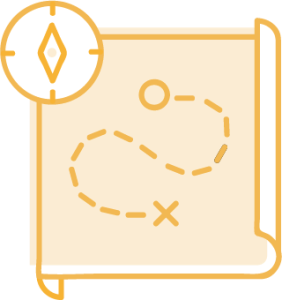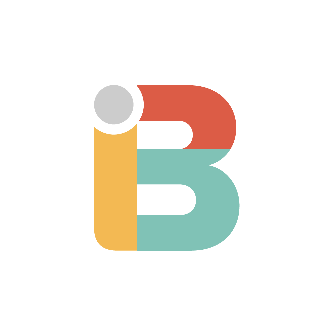If you're in the market for an intranet that's based on Atlassian Confluence, you've probably seen one of the many ads for Linchpin, an intranet solution from SEIBERT/MEDIA GmbH.
We've recently been asked how the Brikit Platform differs from Linchpin, and we think that's a pretty great question. Read on on to understand key differences, and how the two solutions compare. We hope to help you make a decision on which solution is best for you and yoru team.
The Makers
Linchpin is a solution from //SEIBERT/MEDIA GmbH, an Atlassian solution partner operating out of Wiesbaden, Germany. A vendor's location is an important consideration for anyone who's looking for a partner in the roll-out of a new intranet.
Brikit is an Atlassian Solution Partner based out of Portland, Oregon. We are 12 designers, information architects, account managers, Confluence mavens, an d collaboration enthusiasts. We work with hyper-growth technology companies and Fortune 100 companies, mostly based in the US with a few exceptions in Australia and Europe.
The Solution
Taking a deeper look at the solution, Linchpin is actually based on a number of Confluence apps — 64 in total. Not all of the apps are developed by Seibert Media; many of them are developed by third-party vendors or Atlassian. For example, the Comala Workflows app is used to manage approval or review workflows and Midori's Better Archiving for Confluence is used to offer archiving capabilities.
The Brikit platform consists of five apps (Theme Press, Targeted Search, Content Flow, Blueprint Maker and Calendar Integration). These can of course be complemented with third-party apps depending on your requirements, though we don't expect the amount of apps required to meet a client's requirements to surpass ten.
The Look and Feel
At first sight, the Linchpin solution looks very different from the out-the-box look and feel of Confluence. You can see a themed header, which includes a menu and a footer. The homepage is a dashboard with news, events and activity streams. It looks professional and the styling of the menus and the sidebar remind us a bit of SharePoint. Once you navigate to secondary pages, however, the default Confluence look and feel is predominant. In fact, everything but the header and footer is essentially the default Confluence look and feel (fonts, colors, the sidebar, page information, comments, etc).
With the Brikit platform, you have maximum design freedom. Whether you want to have a tool-like look and feel with buttons and icons visible at all times, or a clean look and feel that resembles a consumer-grade website, our Theme Press app is flexible enough to realize almost any design guideline. In addition to fully styled headers and ooters, your on-brand fonts, colors and design choices are available on all pages, not just the dashboard. You can choose between staying close to the default Confluence look and feel, or truly create a design that reflects your organization.


